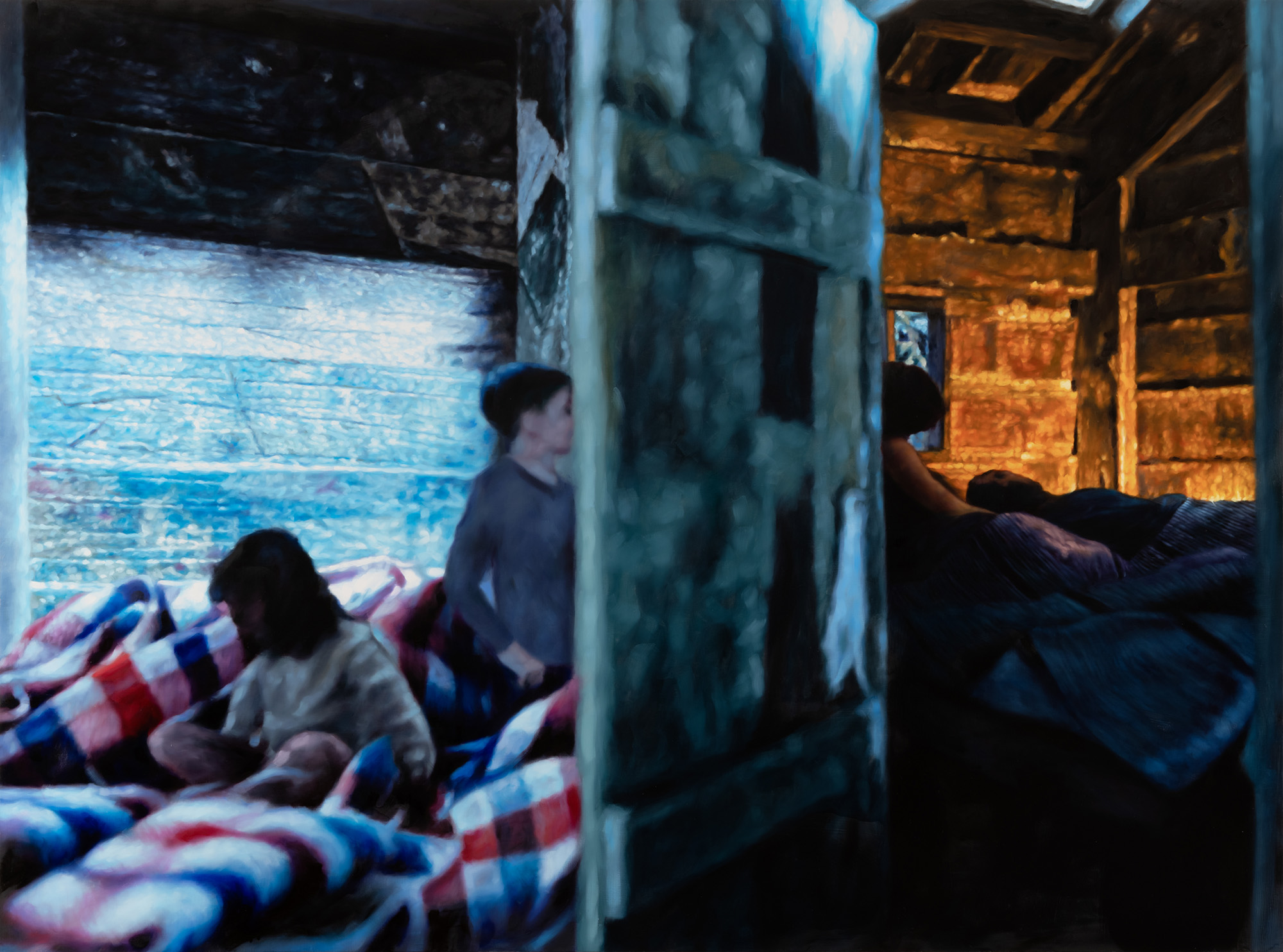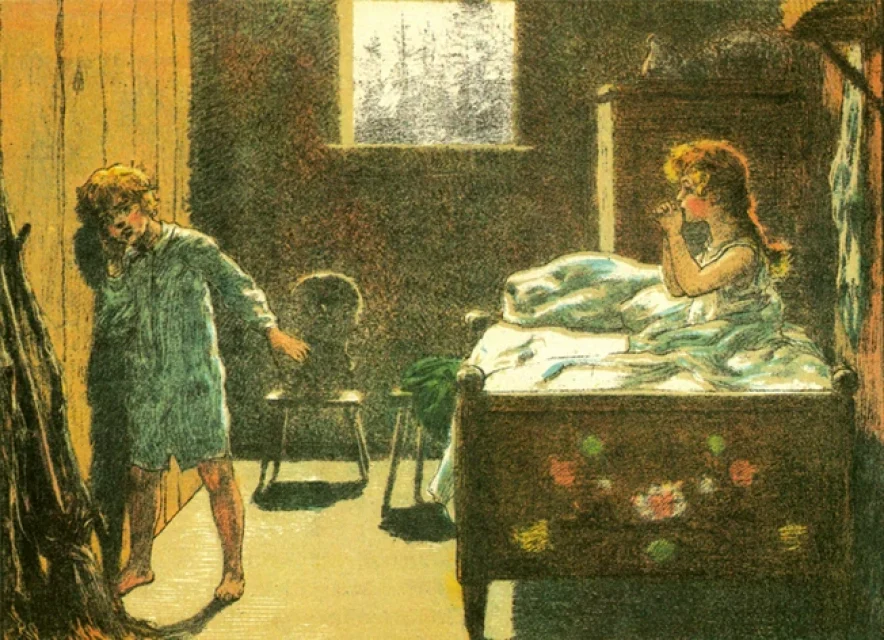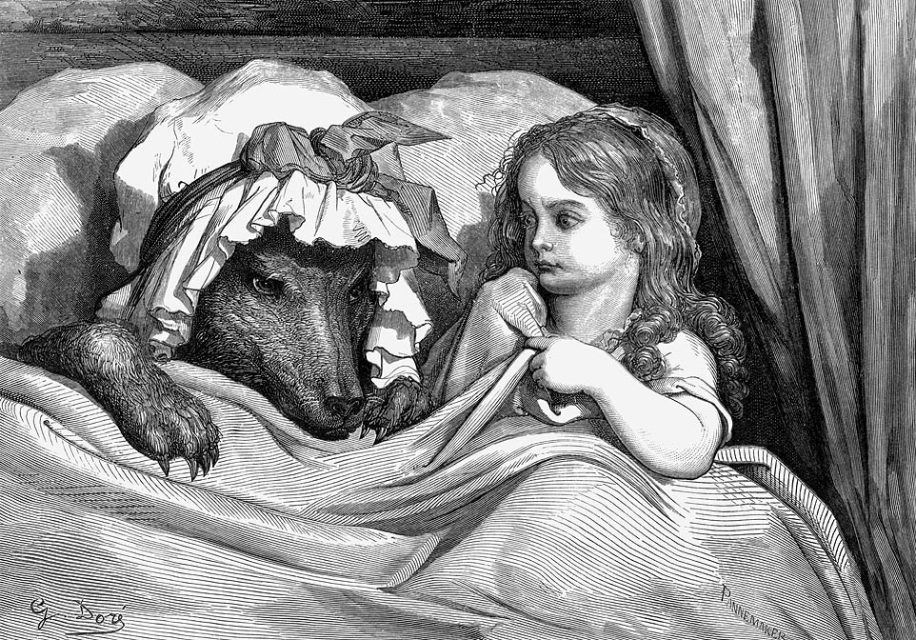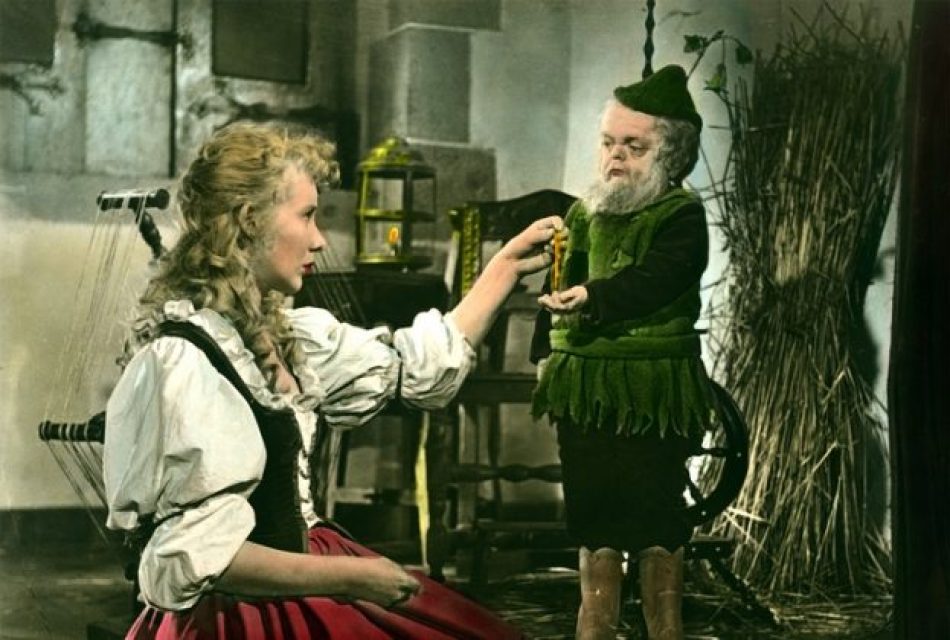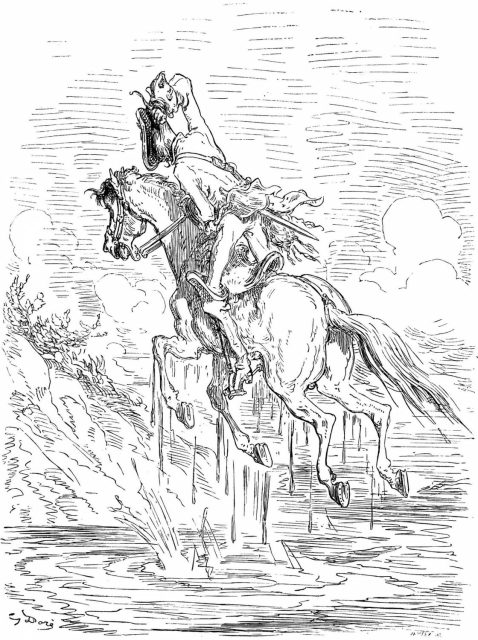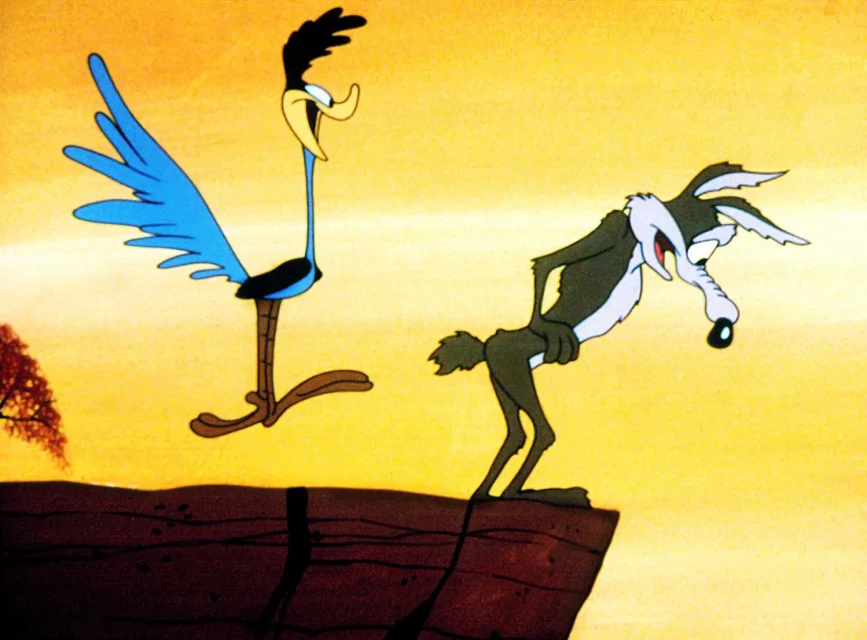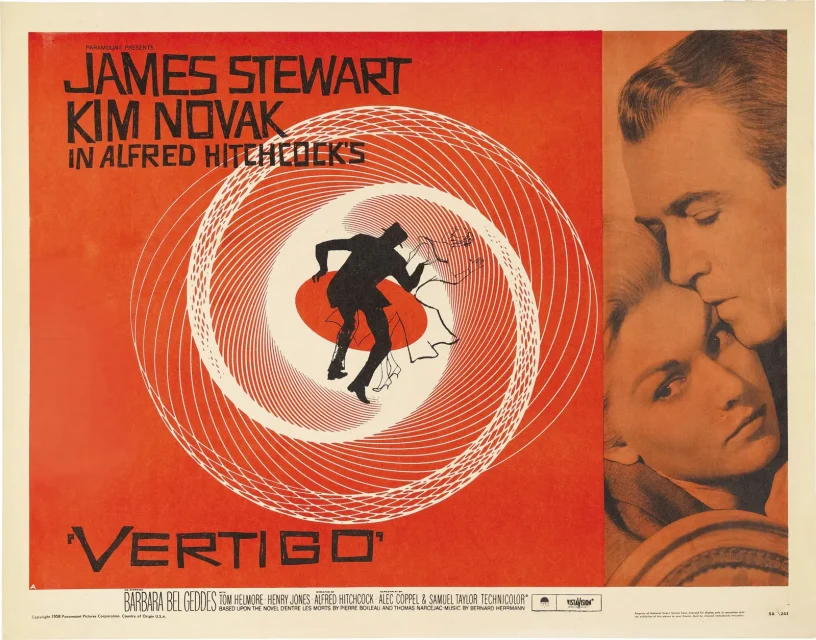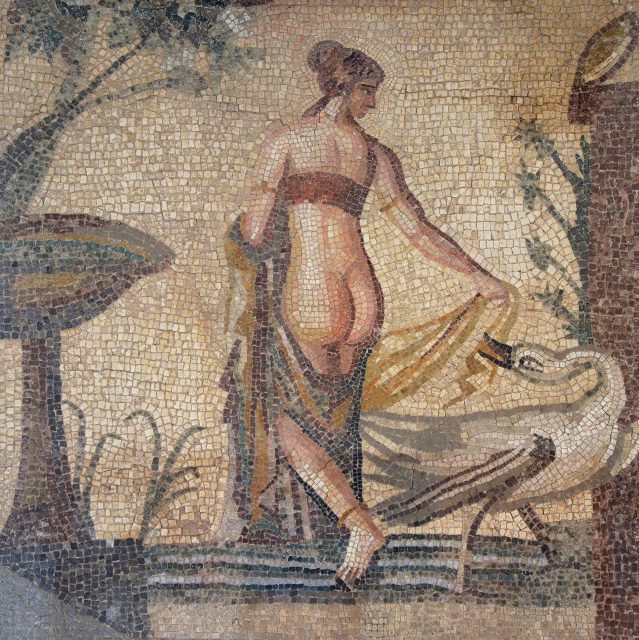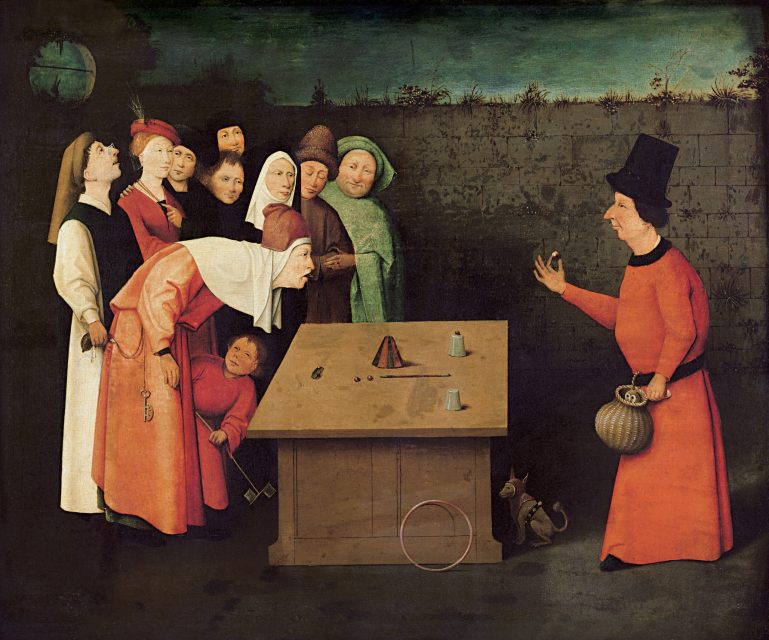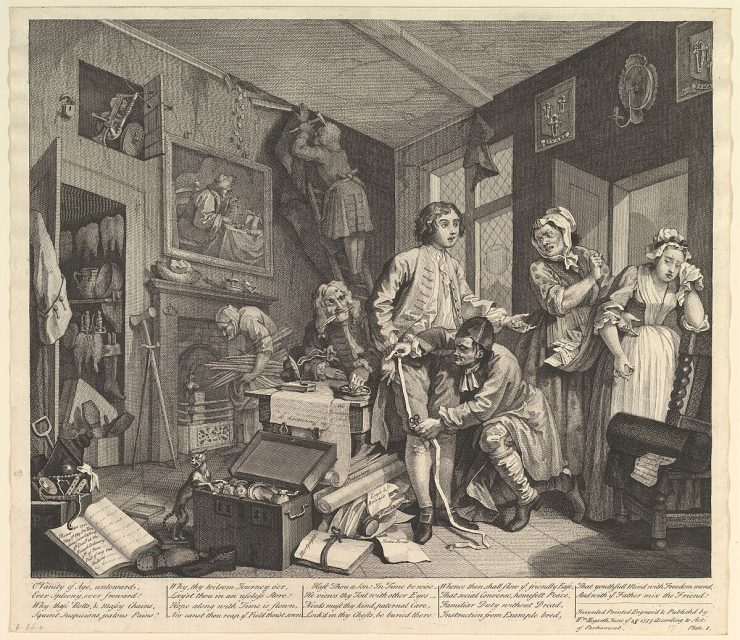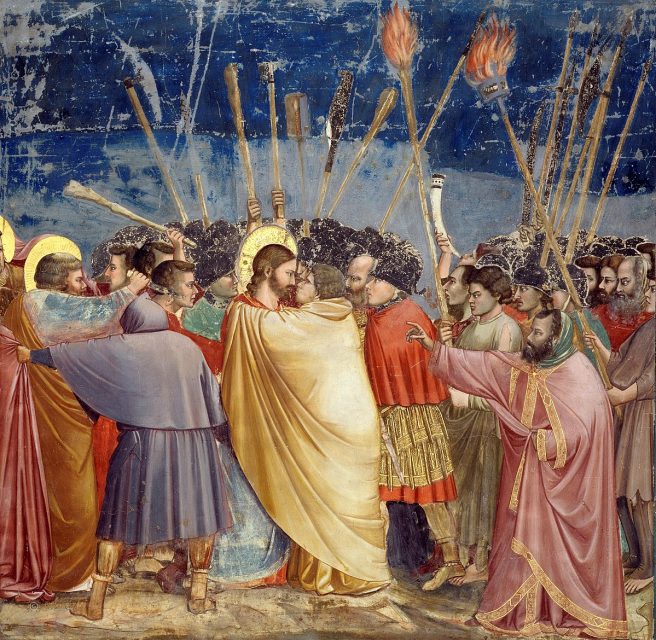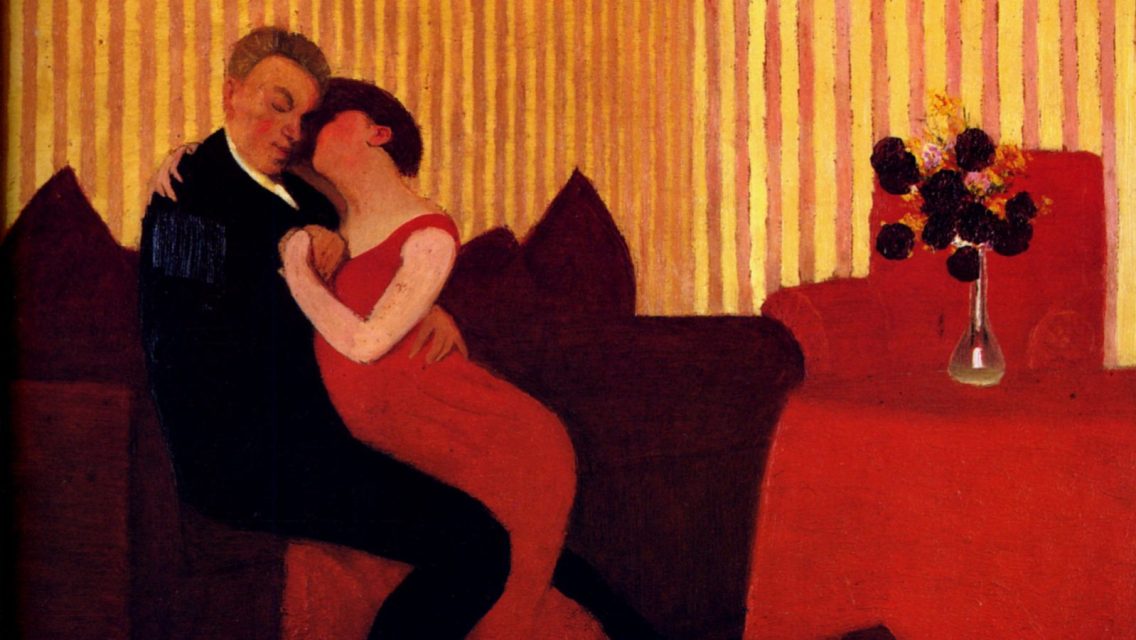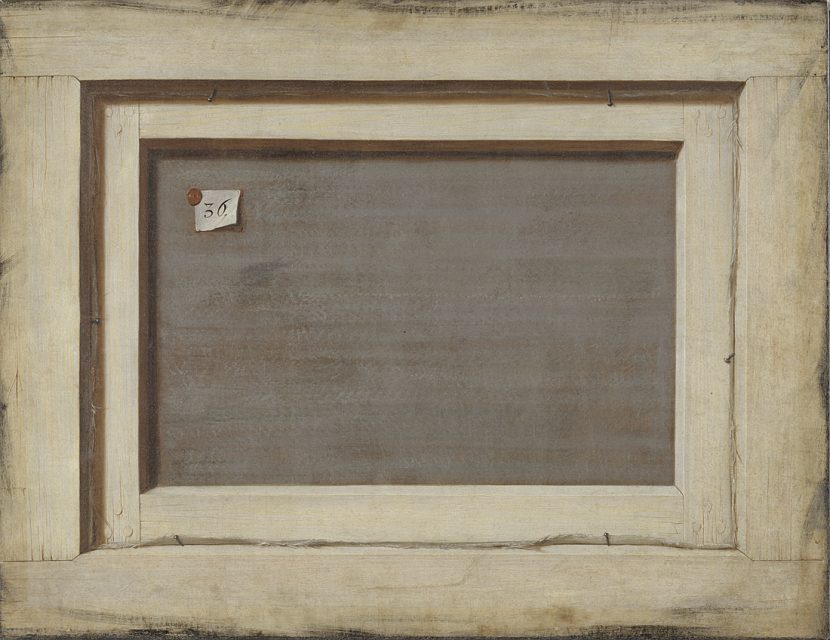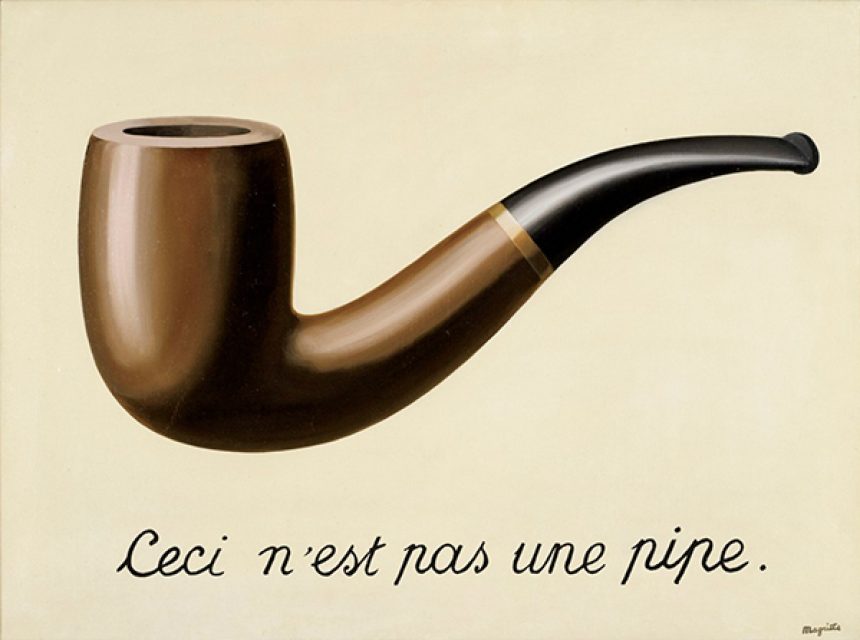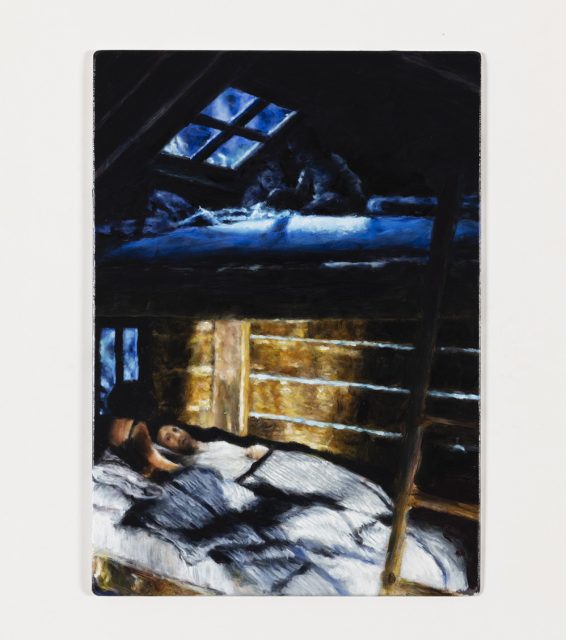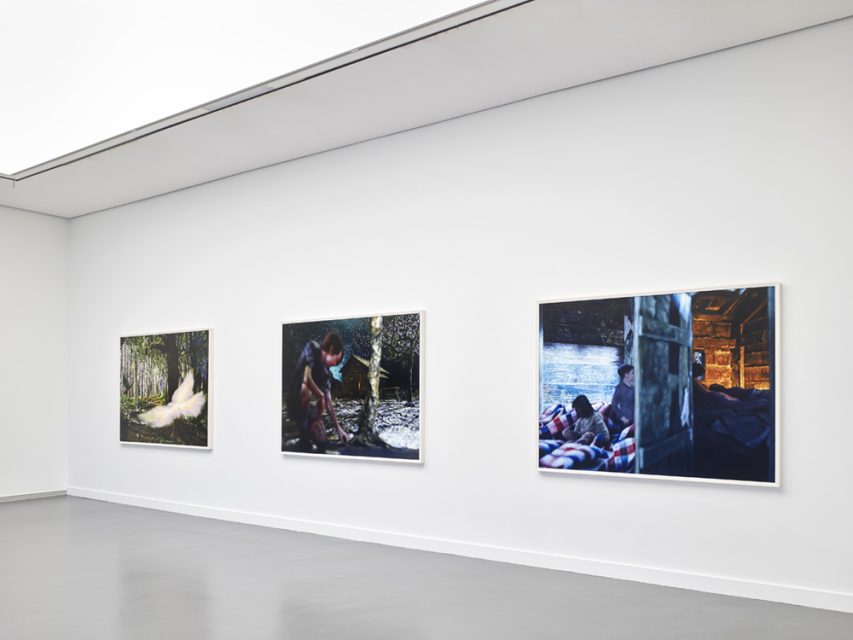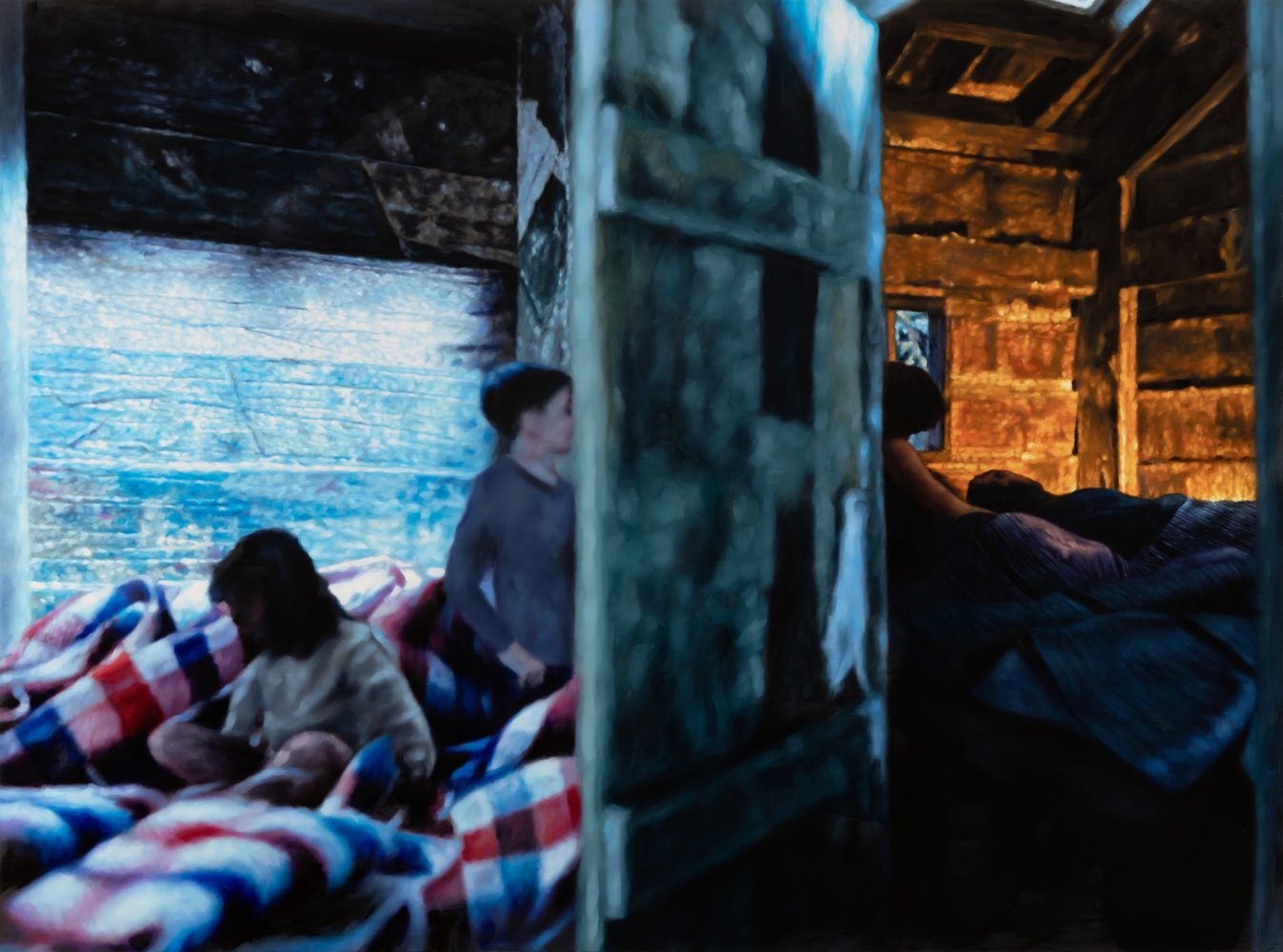I admit that I’ve always been a liar. Lying has always come naturally to me, because I’ve always been perfectly capable of convincing myself that a lie is the truth. At least up to a necessary point. I think it started because I literally never did my homework in school and had to lie and deceive my way through somehow. Invented stories, last-minute improvisations, forged signatures. These became standard practice throughout my school years. At some point, I became so accustomed to lying that I caught myself doing it even when there was no need at all.
Hänsel und Gretel is my favorite fairy tale, and it’s a story full of deception. The scene shown above is the beginning of it all. The parents lie in bed and talk about abandoning their children in the forest, pretending they’ll come back for them later. They maintain the illusion of domestic safety and predictability.
“Tomorrow early, we will take them out into the forest where it is the thickest. There we will light a fire for them and give them each a piece of bread. Then we will go to our work and leave them alone.”
When reading the story to children, it’s not the witch or the mention of cannibalism that frightens them most. This is the truly darkest part for them: the idea that their parents could be capable of leaving them behind. The children, in turn, secretly listen, make their own plans, and act as if they know nothing. Their lies are all about survival. They’re the weaker part, using deception to hold their ground in an unfair world.
From this point on, deception becomes the narrative engine of the story. What begins as whispered plans and secret listening unfolds into a sequence of traps, tricks, and turnarounds. Everyone deceives everyone else. Hänsel drops white stones along the path, then later breadcrumbs, trying to find a way back. The witch lures them in with her bread and cake house. Hänsel fools her with a bone so she believes he isn’t gaining weight.
The stakes grow with each trick. What starts as a delay turns into direct confrontation. The witch tries to coax Gretel into the oven. Instead, Gretel deceives her in return and pushes her inside. This chain of deception is what keeps the children alive. Each lie edges them closer to autonomy. In a world where care cannot be trusted, cunning becomes a kind of courage. Lying becomes the only available tool for navigating a reality that is already shaped by dishonesty.
